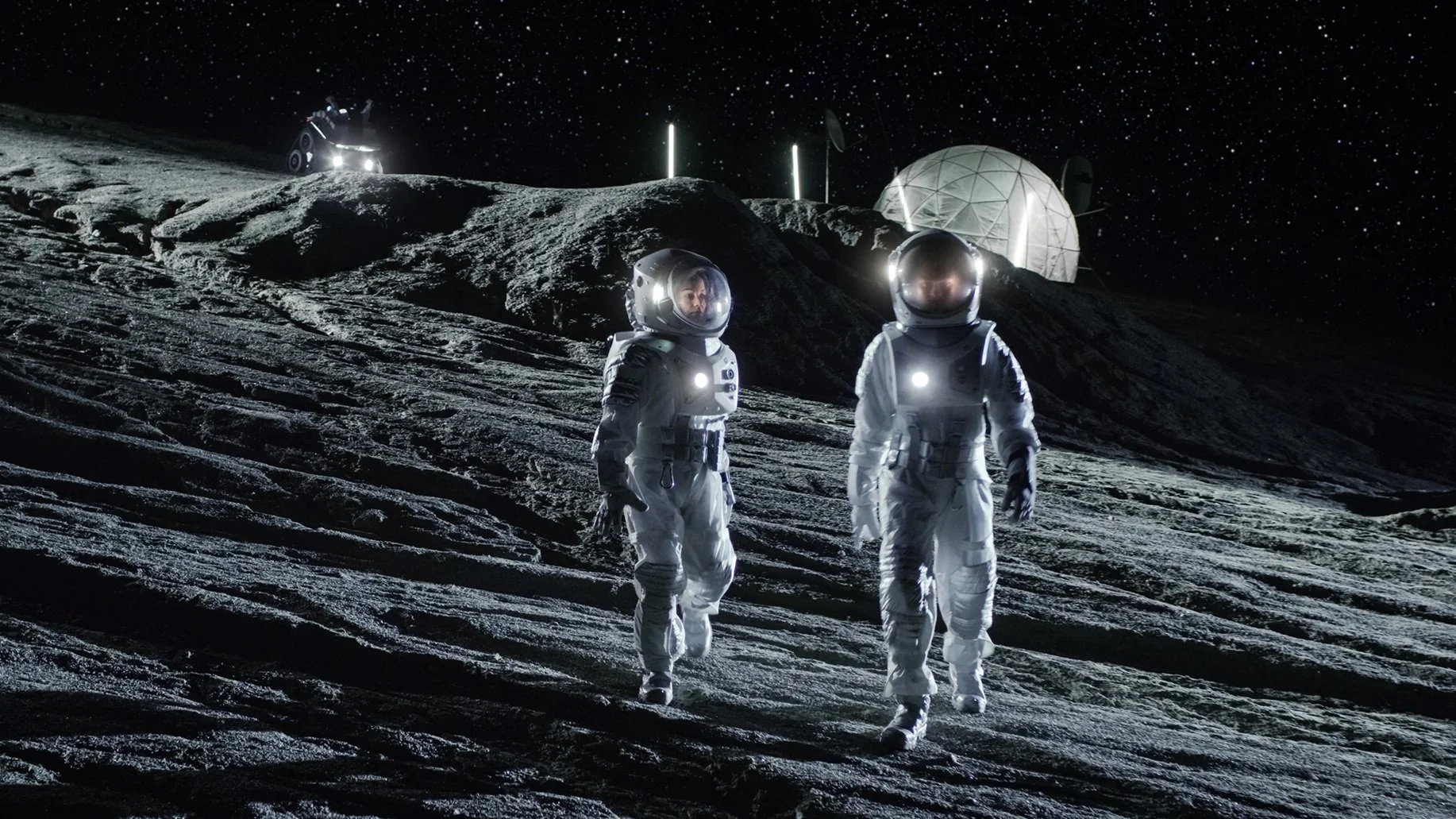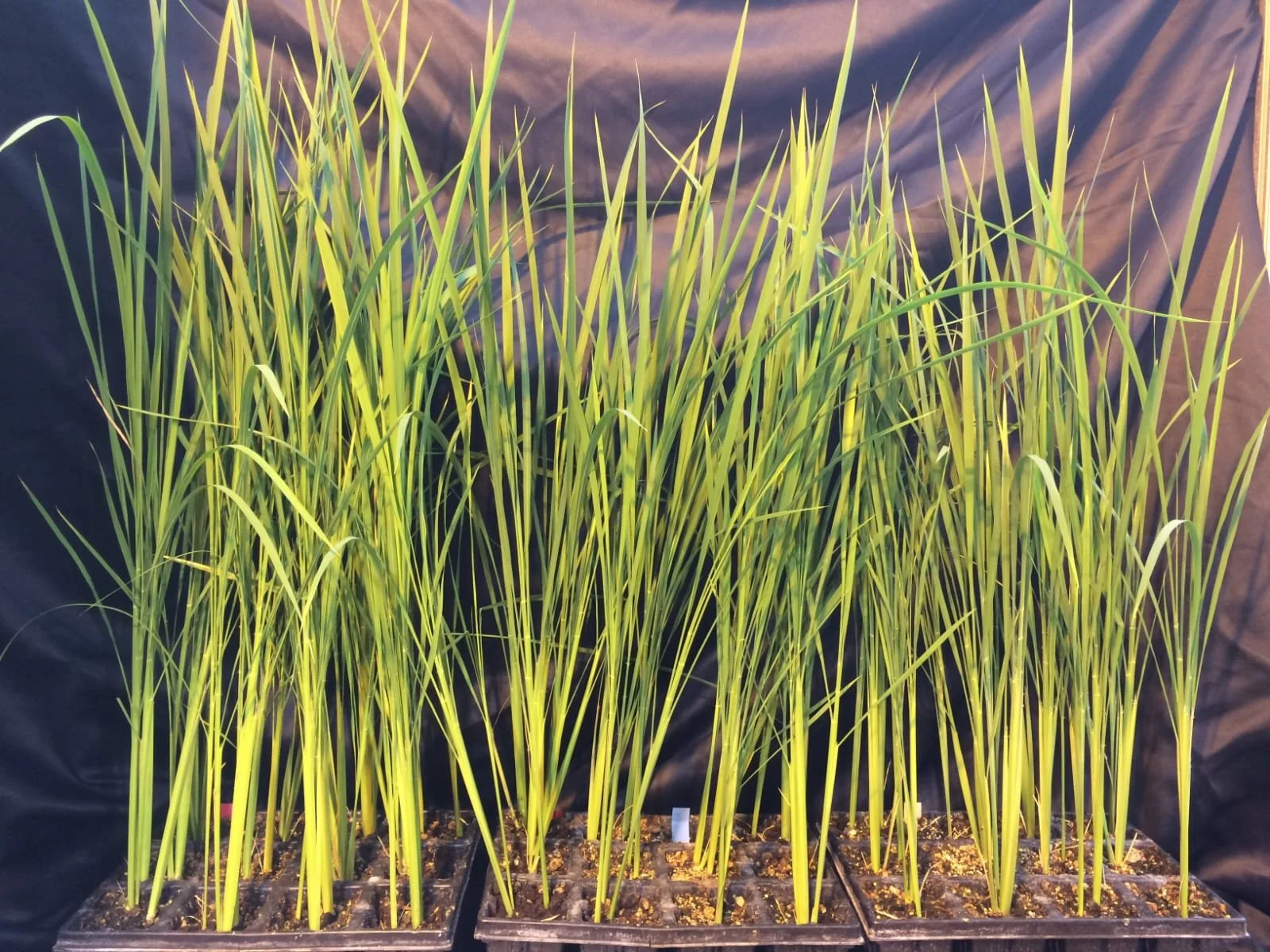It might be possible that astronauts in the future live and work comfortably on the moon without the need for resources to be shipped from Earth. This would be made possible by a new technology that enables scientists to extract water directly from lunar soil and convert carbon dioxide into oxygen and fuel. A study published in the scientific journal Joule describes how this would work.
Image Credit: Gorodenkoff via Shutterstock / HDR tune by Universal-Sci
Hidden Water in Lunar Soil: Can It Quench Astronauts' Thirst?
One of the biggest hurdles to creating a sustainable Moon base is water, essential for drinking, oxygen production, and fuel creation. According to the study by Sun et al., transporting just a single gallon of water from Earth to the Moon currently costs around $83,000. Considering astronauts need roughly four gallons per day, the expense quickly becomes enormous.
However, researchers have discovered that lunar soil naturally contains water. Lu Wang, a researcher at the Chinese University of Hong Kong, Shenzhen, explained: “We never fully imagined the ‘magic’ that the lunar soil possessed.” Using soil samples from China’s Chang’E-5 mission, the team developed a process to extract water efficiently, potentially eliminating the need for costly water shipments from Earth.
Interesting article: The Moon is shrinking, and that could be an issue for future astronauts - (Universal-Sci)
Turning Astronauts' Breath into Oxygen and Fuel
Beyond just water, the new technology can also transform the carbon dioxide exhaled by astronauts into usable oxygen and fuel. Using a method called photothermal catalysis—where sunlight is converted into heat—researchers turned CO2 into carbon monoxide (CO) and hydrogen gas. These products can be further processed into breathable oxygen and vital fuels.
According to Wang, “The one-step integration of lunar H2O extraction and photothermal CO2 catalysis could enhance energy utilisation efficiency and decrease the cost and complexity of infrastructure development.” This method simplifies the otherwise complicated processes currently proposed, making a lunar outpost more achievable.
Interesting article: Does the moon have an atmosphere? - (Universal-Sci)
What Stands Between Us and a Moon Base?
While promising, the technology isn't ready for immediate deployment. The Moon presents extreme conditions, such as drastic temperature changes, intense radiation, and weaker gravity, all of which challenge the efficiency of this approach. Furthermore, lunar soil varies significantly in composition, which can affect consistency and reliability.
Chang’E-5 lunar soil resting at the base of a photothermal reactor. - (Image Credit: Sun et al.)
Additionally, the current catalytic systems aren’t yet powerful enough to fully sustain a human population on the Moon. Wang acknowledged that technological and logistical hurdles remain significant. “Overcoming these technical hurdles and significant associated costs in development, deployment, and operation will be crucial,” the researchers emphasised in their study.
Interesting article: Space Agriculture: How ‘Moon Rice’ Could Nourish Deep Space Missions - (Universal-Sci)
Despite these challenges, this new technology is an important step toward a more feasible human presence on the Moon. It sparks hope for a future where humans don't just visit the Moon, but thrive on it using resources harvested directly from the lunar surface.
If you are interested in more details about the research, be sure to check out the article published in the peer-reviewed journal Joule, listed below.
Sources, further reading and more interesting articles about the moon:
Inherent lunar water enabled photothermal CO2 catalysis - (Joule)
The Moon is shrinking, and that could be an issue for future astronauts - (Universal-Sci)
Is There an Atmospheric Layer Around the Moon? - (Universal-Sci)
Space Agriculture: How ‘Moon Rice’ Could Nourish Deep Space Missions - (Universal-Sci)
Too busy to follow science news during the week? - Consider subscribing to our (free) newsletter - (Universal-Sci Weekly) - and get the 5 most interesting science articles of the week in your inbox
FEATURED ARTICLES:







